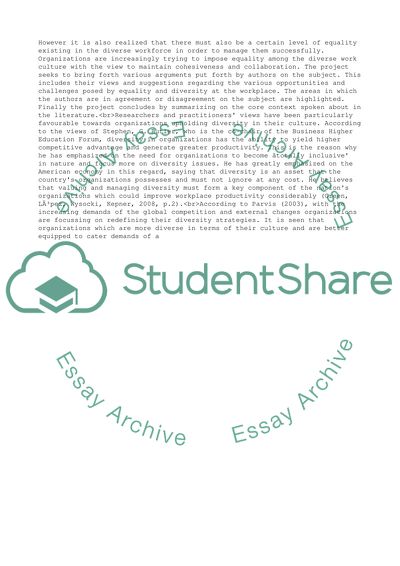Cite this document
(Diversity and equality at work: opportunities and challenges Literature review, n.d.)
Diversity and equality at work: opportunities and challenges Literature review. Retrieved from https://studentshare.org/business/1757741-diversity-and-equality-at-work-opportunities-and-challenges
Diversity and equality at work: opportunities and challenges Literature review. Retrieved from https://studentshare.org/business/1757741-diversity-and-equality-at-work-opportunities-and-challenges
(Diversity and Equality at Work: Opportunities and Challenges Literature Review)
Diversity and Equality at Work: Opportunities and Challenges Literature Review. https://studentshare.org/business/1757741-diversity-and-equality-at-work-opportunities-and-challenges.
Diversity and Equality at Work: Opportunities and Challenges Literature Review. https://studentshare.org/business/1757741-diversity-and-equality-at-work-opportunities-and-challenges.
“Diversity and Equality at Work: Opportunities and Challenges Literature Review”. https://studentshare.org/business/1757741-diversity-and-equality-at-work-opportunities-and-challenges.


